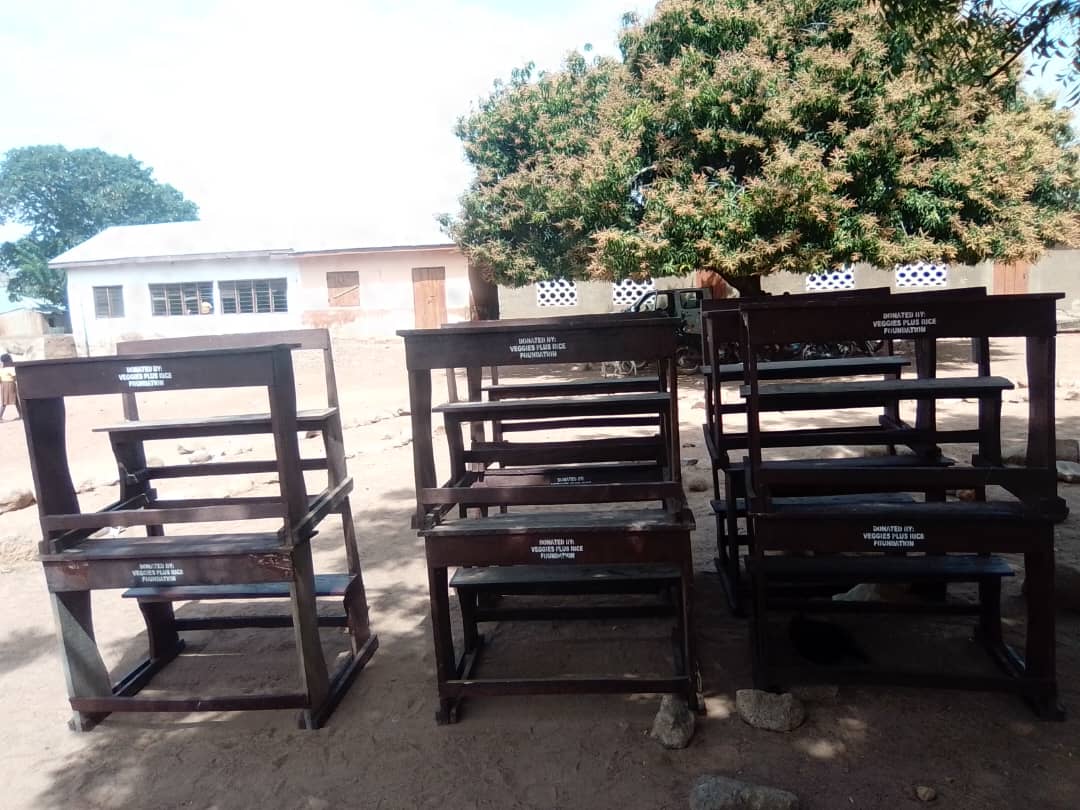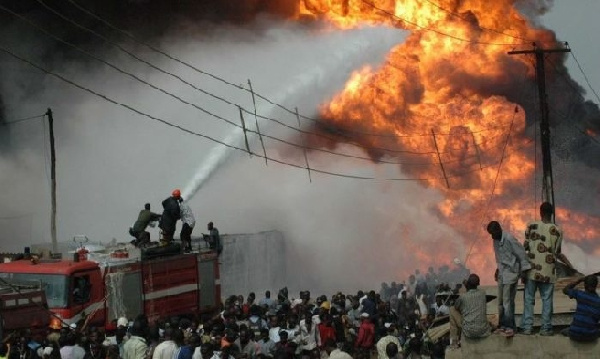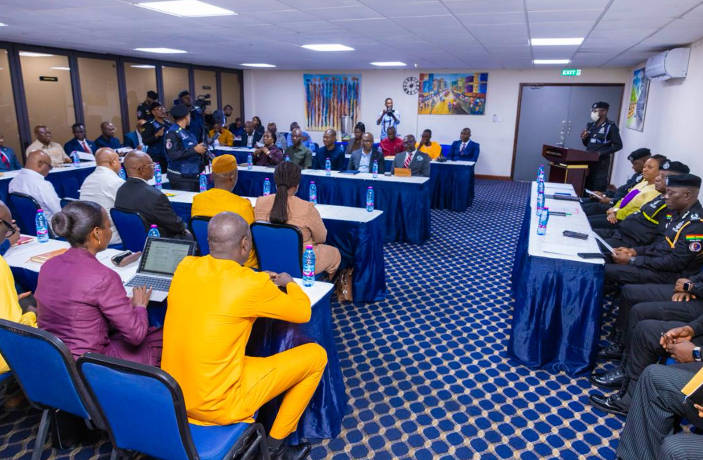In the early hours of Monday, Cyclone Chido unleashed its devastating fury on northern Mozambique, leaving a trail of destruction that would haunt the region for months to come.
As the storm made landfall in the district of Mecufi, it brought with it relentless winds and torrential rains, resulting in catastrophic damage, particularly in Cabo Delgado province.
The chair of Mozambique’s National Institute for Disaster Risk Management and Reduction, Luisa Meque, surveyed the aftermath firsthand, revealing that at least 34 lives had been lost and 43 more injured. With rescue teams desperately combing through the rubble, she noted that these figures were only preliminary. The effects of the cyclone were far-reaching, with reports indicating that around 2.5 million people had been impacted.
Among those who felt the cyclone’s wrath was Canjar Amade, who recounted his harrowing experience through a WhatsApp message. The cyclone tore apart his house overnight, with the winds wrenching the roof sheets away and ultimately collapsing the structure by morning. His story echoed the accounts of many others in the capital, Pemba, and surrounding districts, where destruction was near-total and few homes remained intact.
As the nation grappled with the immediate aftermath, meteorologist Acacio Tembe warned that the remnants of Cyclone Chido still lingered, causing ongoing rains and strong winds across Niassa, Cabo Delgado, and other areas. The storm’s impact extended beyond Mozambique, as it also battered parts of Malawi and the island of Mayotte. Experts anticipated that the system would eventually dissipate near Zimbabwe by late Tuesday, but the damage had already etched itself into the lives of countless individuals.
Mozambique, a country frequently besieged by the forces of nature, faces the harsh realities of climate change. The annual rainy season, spanning from October to April, often brings severe flooding and tropical cyclones.
With predictions of a potential La Nina effect in southern Africa in early 2025, experts warned that the frequency and intensity of severe weather, including heavy rains and storms, were likely to increase. This prediction looms
Source: Apexnewsgh.com











